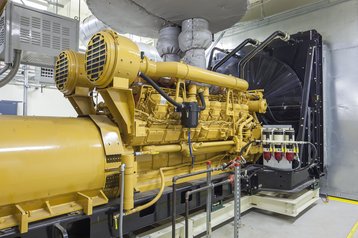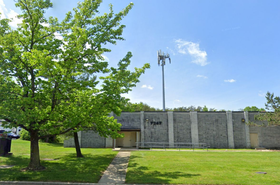US energy firm Duke Energy is reportedly in talks with data center operators to use their backup generators for load balancing.
Bloomberg reports the firm, which provides energy across the eastern US, including Kentucky, Ohio, Florida, and North and South Carolina, is in talks with Microsoft and other operators about using generators installed at their data centers to add electricity to the grid during periods of high demand.
“We’re talking about how we can say yes to serving these large loads while meeting the needs of our customers at large,” said Duke CFO Brian Savoy. “It’s a way to keep a proper level of reserves while we add these large loads to the system.”
The energy provider could pay operators to provide power from gensets to the grid at times of high demand.
Relying on backup gensets can be a carbon-intensive way to add capacity back into the grid, as generators normally use diesel for fuel. While HVO offers a lower-emission fuel with which to power generators, it is yet to be widely used across the data center industry – especially in the US – due to limited supplies and higher costs.
North Carolina-based Duke owns 58.2GW of energy-generating plants - largely a mix of natural gas, nuclear, coal, and oil. It is in the process of adding gigawatts of solar, wind, and battery storage into its energy mix.
During the company’s Q4 2023 earnings call this week, it said it is projecting $73 billion in CapEx over the next five years, an $8 billion increase versus its previous plan.
In Europe, the generators at Stack’s Swiss data center are available to the grid to help balance the grid during times of high load.
A number of data center firms are testing integrating their UPS battery systems into the grid to offer additional capacity. This can be greener than gensets, depending on the energy mix of the grid.
Likewise, fuel cells can offer another option for data centers to offer additional capacity to the grid; again the source of the fuel powering the cell will impact the carbon footprint of the energy provided.







